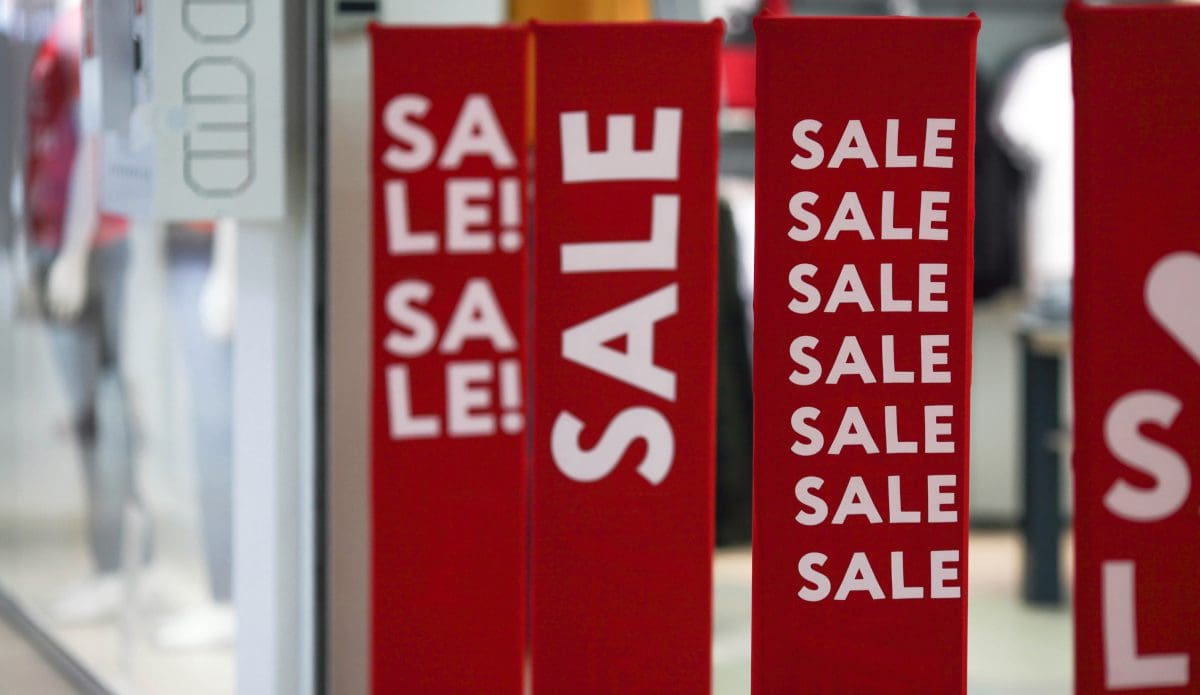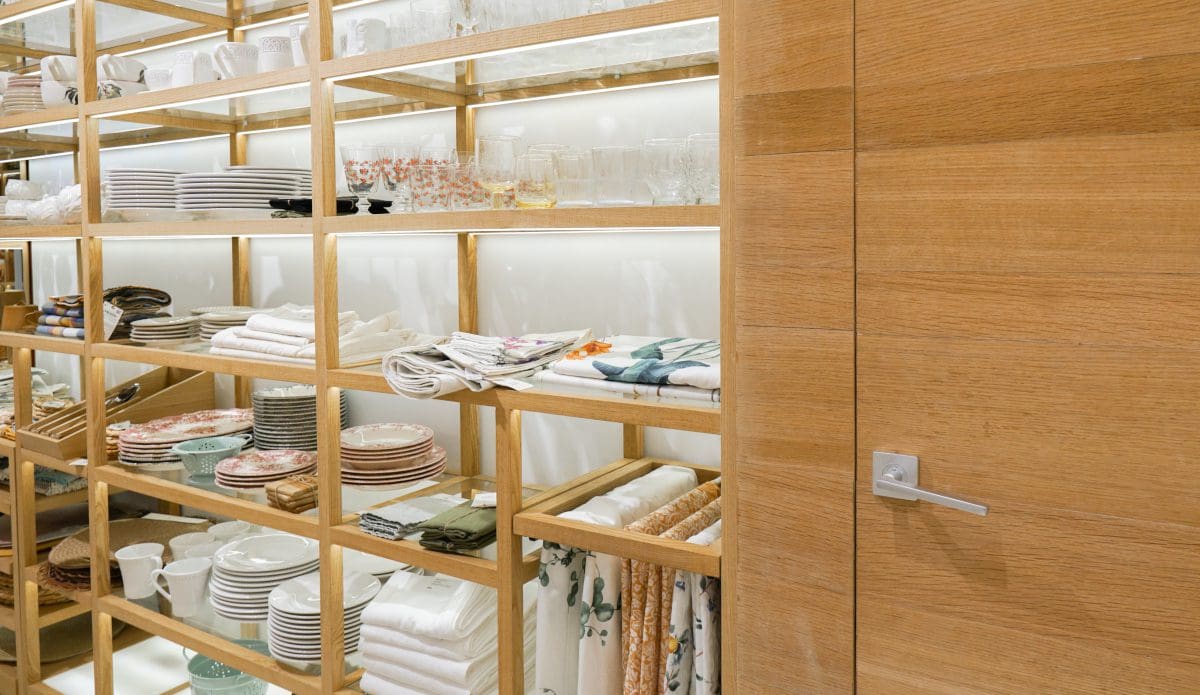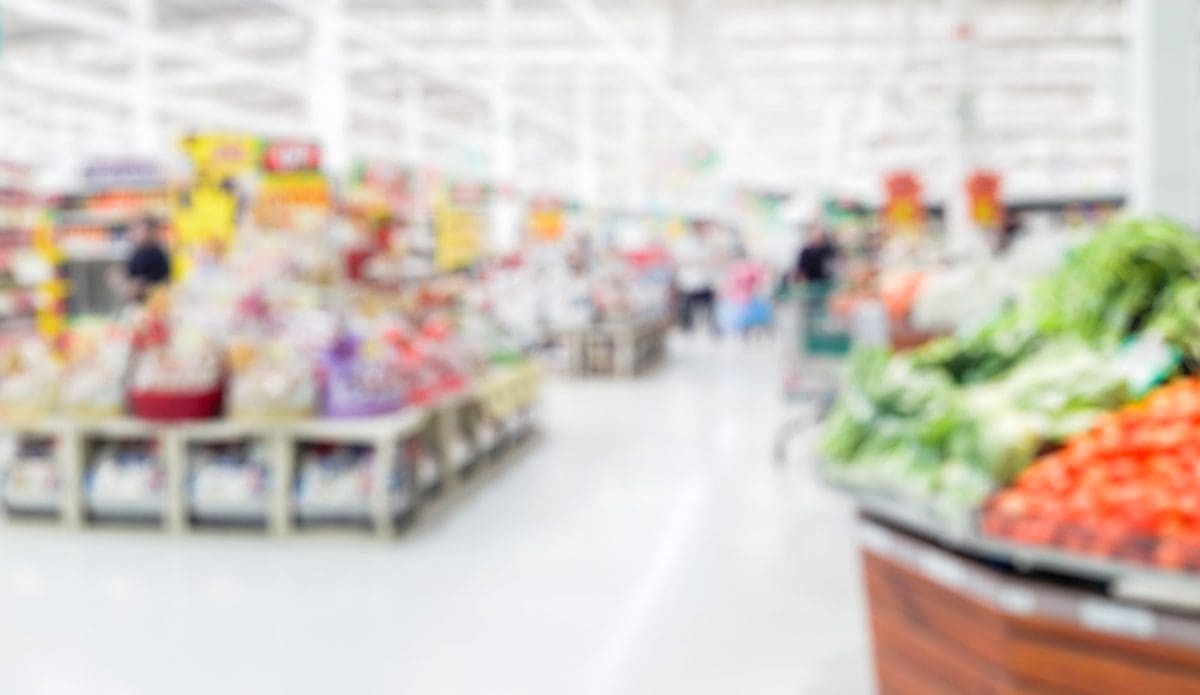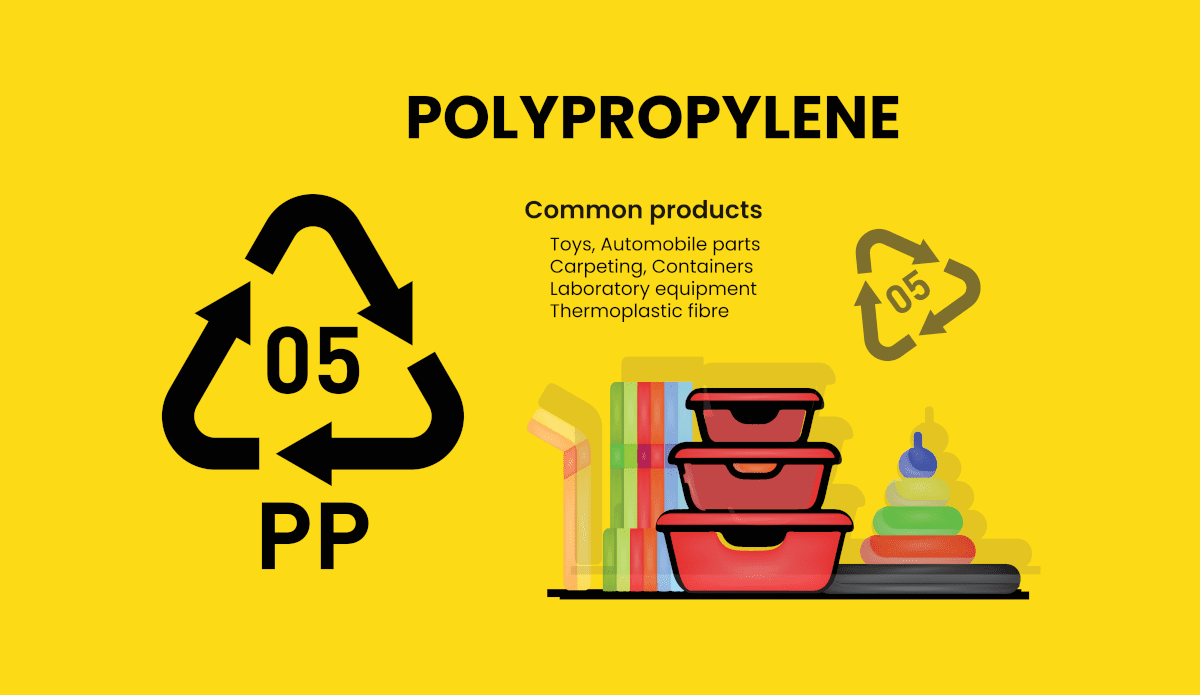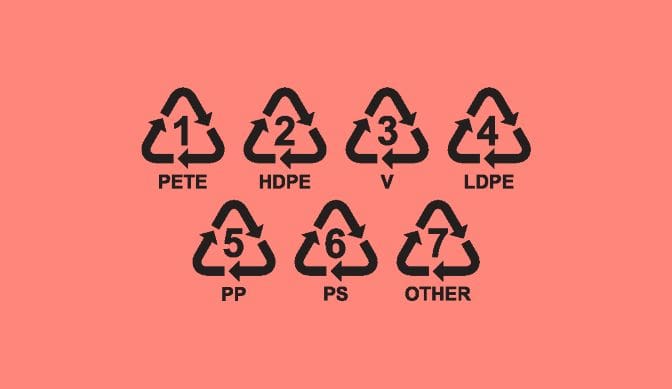Want to engage more customers and tempt them into buying yummy treats? Use of an innovative retail display option displays your product optimally, draws the eye, and helps to convert sales.
Your job as a retailer is to provide compelling displays that helps to persuade customers to buy more of, or try a new product. This is a complex combination of making something attractive, easy to access, and informative.
Luckily, Mills Display has a huge range of retail display option, from fridge strips to shelf dividers, platters to serving spoons.
Choose a Rustic, Farm-Style Look
Whether its fruit and vegetables or a packaged food item, you can give it a more rustic feel by using wooden or wicker displays. These are particularly effective for farm style or natural products. We even can supply wood wool, not only giving a comfortable place for products to sit and filling in gaps, but it looks attractive too.
Our natural wooden barrels come in small (19L), medium (30L), large (53L) and extra large (79L). We have large and medium stands for the barrels too.
We have a large selection of poly wicker baskets. These are made from food safe polypropylene easy to clean, resistant to mould and mildew, and very durable.
- Small wicker basket in natural 230x190x80mm
- Slanted wicker basket in natural or chocolate brown 280x200x70/40mm
- Slanted wicker basket in natural 450x290x110/40mm
- Slanted wicker basket in natural 290x450x110/40mm
- Wicker basket in natural or chocolate brown, 400x250x100mm
- Wicker basket in natural or chocolate brown 400x300x175mm
- Extra large wicker basket with handles in natural 580x385x175mm
- Wicker basket in white 360x270x90mm
- Wicker basket in white 450x310x60mm
- Oval wicker basket in white 380x270x90mm
- Extra large round wicker basket 440x440mm
Make Your Deli Display More Attractive
Presenting food attractively is important; people eat with their eyes first. However, it also needs to be functional, easy to clean, and meet food safety guidelines. No one is going to buy a salad that they saw someone sneeze on.
First stop, is deciding the type of surface the food will be placed on. Things like cold-cuts or sushi could be placed on flat trays and platters. We have a huge range of innovative serving looks, including:
- Flat rectangular platters
- Round platters
- Slate trays
- Square platters
- Rustic oak finish melamine trays
- Concrete look platters
- Skillet-look-alike plate
Bowls are great for salads; pile them up high and keep them contained.
If you’re presenting things in the dishes which they’ve been cooked in, we have a range of stainless steel round ‘kadai’ style dishes with handles, square balti stainless steel dishes, and enamel dishes.
All our bowls, platters, and plates are food safe, and easy to keep clean in a commercial kitchen.
Function is important, and that includes covering everything against pests, wandering hands, and errant coughs. Dome covers are a great option, we have them in 330 x 177mm and 270 x 117mm sizes.
You’ll also need the correct utensils, with solid spoons, perforated spoons, or tongs as required. You need one per dish to prevent contamination, plus spares.
From there, its about making everything look great.
Food and Drink Retail Decorative Items
Think about shelf dividers; these help keep food from falling into other containers and contaminating them, such as meat falling into a vegetarian salad. We also have a parsley divider, which adds colour and freshness to displays.
Use height differences and elevation to create interest. Whether it’s by using cake stands (which are not just for cakes!) or risers, having staggered heights can draw attention.
Add some artistry with some shrubbery. Decorative box hedge garlands, parsley garlands, artificial iceberg lettuce leaves, replica grapes, or even a shiny red apple can add visual appeal.
You also can use colour in displays – while white is always the gold standard to make the food pop, black looks smart, red could be used for Christmas or Valentines day, or a whole range of colours could attract attention. Terracotta-look bowls give that rustic, Mediterranean feel for salads.
Label Things Clearly
You need to make sure that everything is clearly labelled, with allergy information, price, and origin clearly identified. There are multiple pricing display options, with a look to suit every display. You’ve done all that work to make your display look great; don’t give the customer an excuse to walk away by not providing all the information they need.
Fridge strips are an easy and attractive way to label refrigerated items. The strips easily attach and allow you to insert and change tickets as required.
Zhuzh Up Your Food and Drink Retail Displays
With a few tweaks, you can turn a boring, run-of-the-mill display into an innovative smorgasbord for the eyes. Contact us at Mills Display with help in creating inspiring food and drink retail displays, and sell more delicious food.


